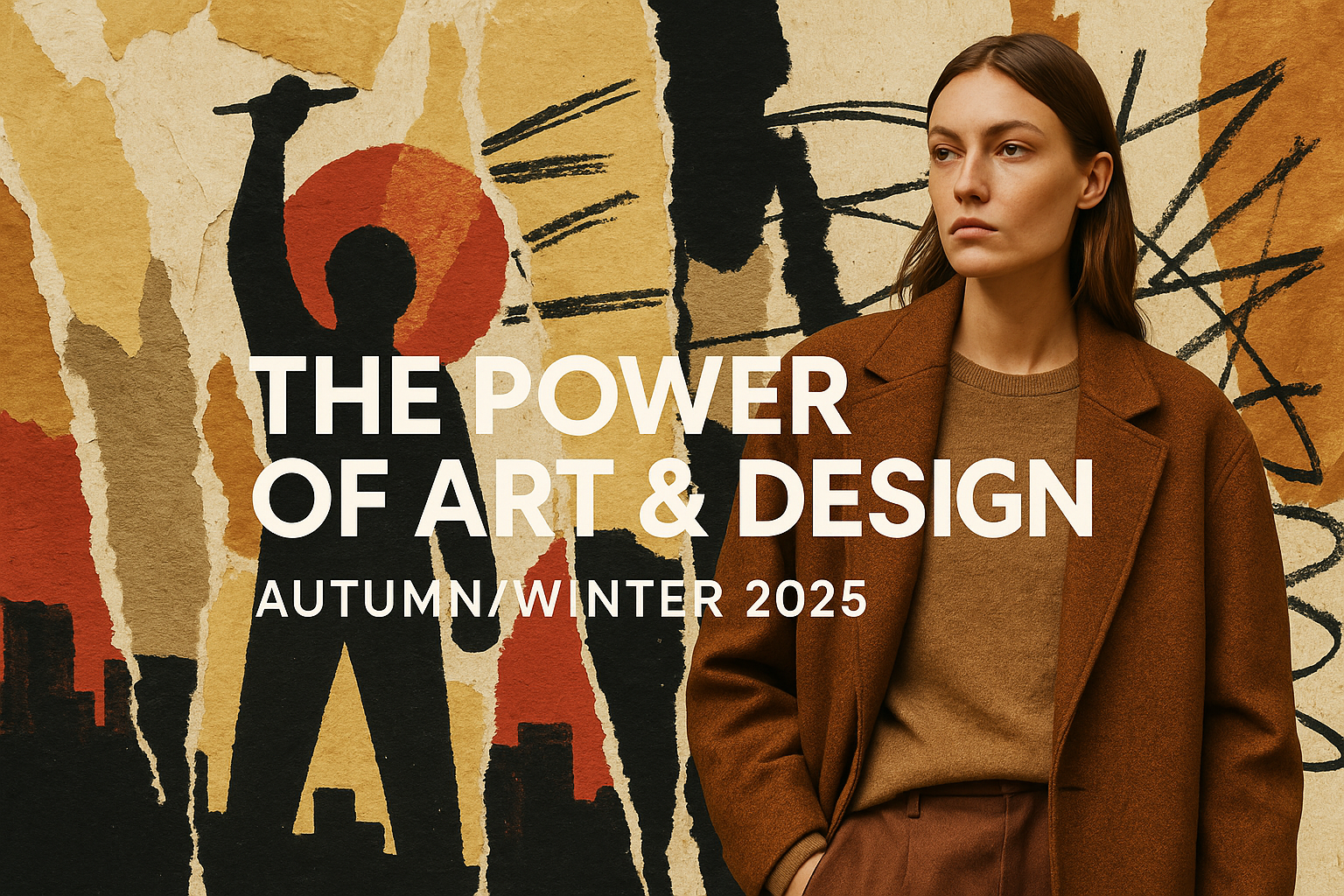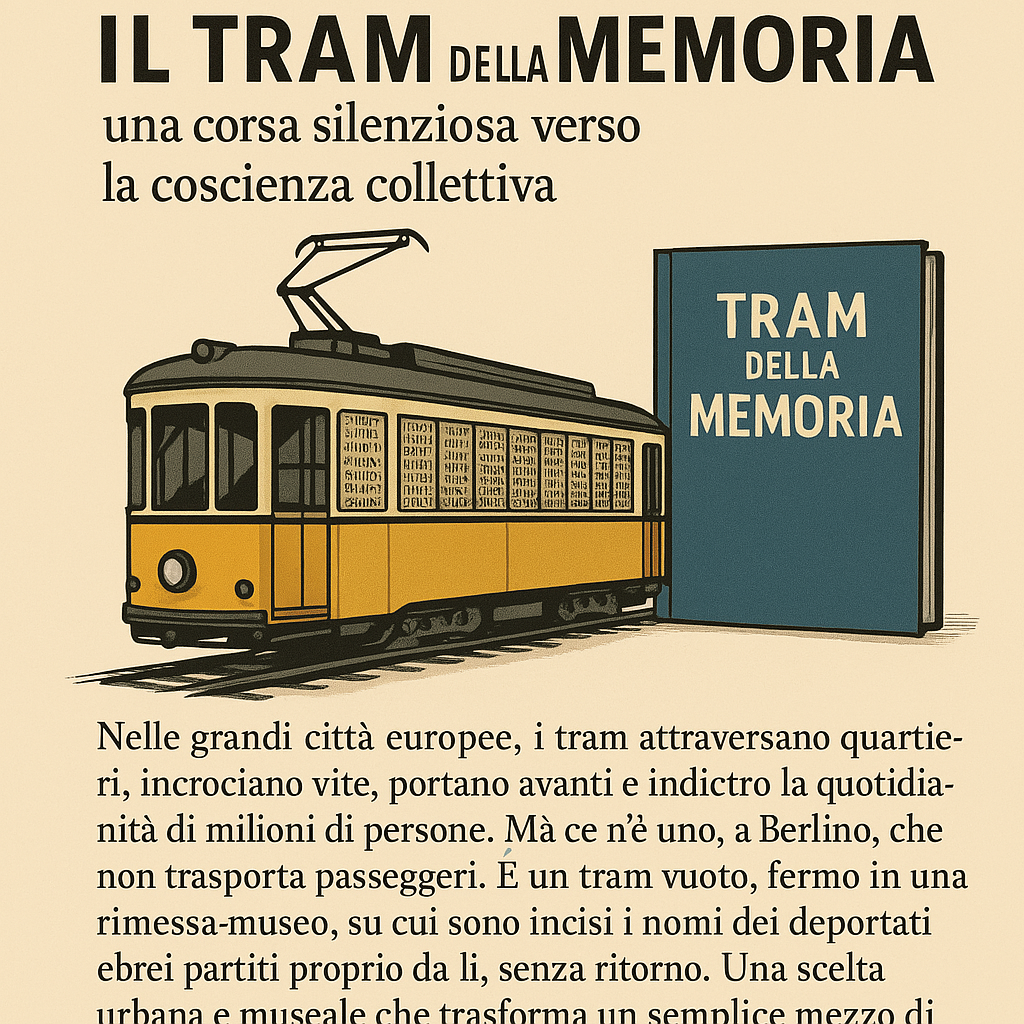Amid the global wave of people reclaiming public spaces to demand progress, this season we celebrate the power of art and design as catalysts for change. Through torn paper textures and hand-drawn strokes, our Autumn/Winter 2025 collection explores how visual expression has been a tool for transformation across time.
Founded in the early 1960s, Arte Povera (literally “poor art”) was an Italian movement of artists that challenged the conventions of sculpture using humble materials. In the words of critic Germano Celant, it “explored a new sculptural language using non-precious and impermanent materials such as soil, rags, and twigs.”
The movement was rooted in ancient philosophy, especially that of Plato who considered art one of the most important forms of education along with music and gymnastics for the citizens of a perfect polis. However, unlike the other arts that can provide esthetic pleasure, Arte Povera was designed to contribute directly to society. Celant’s philosophy gave the group a sense of urgency and immediacy that can be seen in their work today.
Arte Povera artists often drew on philosophies of existentialism, hedonism, and materialism to define their practice, and many of their works challenged the authority of the art world. They sought to create a dialogue between art and the viewer that is free from any preconceived notions, thus allowing the work to function on its own terms. This can be seen in a piece by Giovanni Anselmo called Untitled (c. 1968), which required the gallery to constantly replace lettuce at the heart of the sculpture, or Michelangelo Pistoletto’s minuscule series of structures that required a viewer to interact and fill in the missing space in order for it to be complete.
Celant carved out a unique position for Arte Povera in the history of avant-garde movements, positioning it alongside Futurism and Interwar Classicism. He also drew connections to more contemporary styles such as Land art and Conceptual art, further expanding the dialogue between Arte Povera and modernist practices. These broader contexts were largely the result of his curatorial work and critical writing.
In addition to redefining the meaning of Arte Povera, he established a distinctive visual style for the group. They developed an approach that blended the personal with the universal, as evidenced by the innovative sculptures of Marisa Merz. Despite being the only female artist in a largely male movement, she brought a sense of intimacy and resilience to Arte Povera with her fusion of nature and culture.
The movement’s legacy continues to live on through designers who embody its philosophies of material integrity and authenticity, such as Rei Kawakubo, Ann Demeulemeester, and Jil Sander. They carry the spirit of Arte Povera into the fashion world, redefining traditional luxury and celebrating simplicity, while challenging the notion of beauty and what is necessary to survive. Arte Povera’s enduring legacy provides timeless lessons for a changing times.



